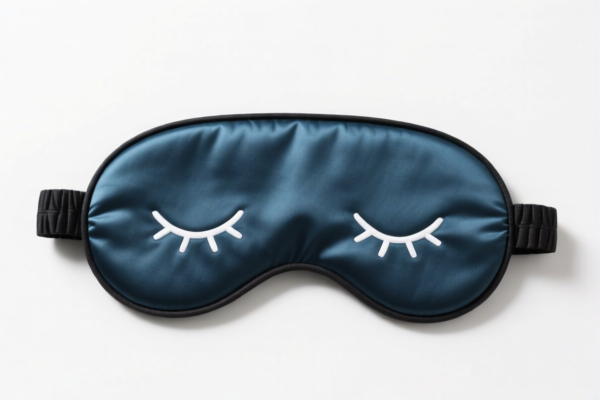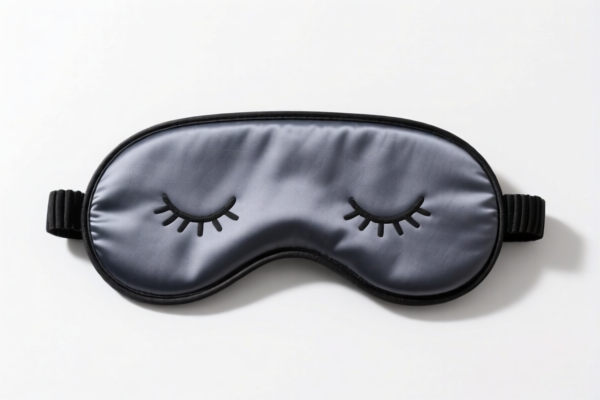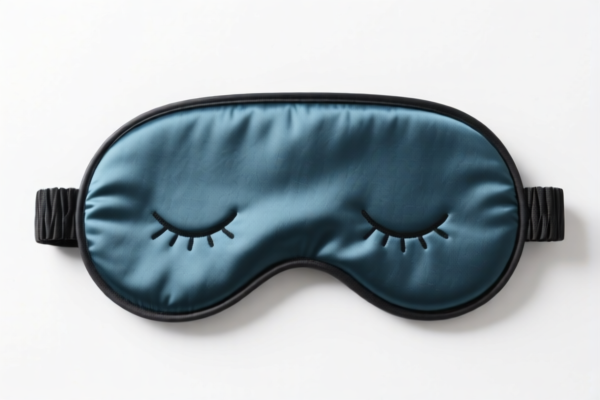| HS Code | Official Doc | Tariff Rate | Origin | Destination | Effective Date |
|---|---|---|---|---|---|
| 6307909842 | Doc | 37.0% | CN | US | 2025-05-12 |
| 6307909870 | Doc | 37.0% | CN | US | 2025-05-12 |
| 6304996040 | Doc | 33.2% | CN | US | 2025-05-12 |
| 6304996030 | Doc | 33.2% | CN | US | 2025-05-12 |
| 3924104000 | Doc | 33.4% | CN | US | 2025-05-12 |
| 3924900500 | Doc | 40.6% | CN | US | 2025-05-12 |
| 3926909950 | Doc | 42.8% | CN | US | 2025-05-12 |
| 3926904000 | Doc | 32.8% | CN | US | 2025-05-12 |
| 9503000090 | Doc | 30.0% | CN | US | 2025-05-12 |
| 9503000071 | Doc | 30.0% | CN | US | 2025-05-12 |
| 9505906000 | Doc | 30.0% | CN | US | 2025-05-12 |
| 9505906000 | Doc | 30.0% | CN | US | 2025-05-12 |
| 3304100000 | Doc | 55.0% | CN | US | 2025-05-12 |
| 3304100000 | Doc | 55.0% | CN | US | 2025-05-12 |
| 3307900000 | Doc | 60.4% | CN | US | 2025-05-12 |




Facial Mask
A facial mask, also known as a face mask, is a cosmetic preparation applied to the face for various skincare benefits. They are typically used as part of a skincare routine to cleanse, exfoliate, hydrate, or address specific skin concerns.
Materials
Facial masks are formulated using a diverse range of ingredients, categorized broadly as follows:
- Clay-based: Common clays include bentonite, kaolin, and Fuller's earth. These are highly absorbent, drawing impurities from the skin.
- Cream-based: Typically contain emollients, humectants, and oils for hydration and nourishment.
- Gel-based: Offer a lightweight, cooling sensation, often containing hydrating ingredients like aloe vera or hyaluronic acid.
- Sheet Masks: Thin sheets (often made of cellulose, hydrogel, or bio-cellulose) soaked in serum containing various active ingredients.
- Peel-off Masks: Contain polymers that create a film that adheres to the skin and is then removed, providing exfoliation.
- Natural Ingredients: Masks can incorporate ingredients like honey, yogurt, avocado, oatmeal, and fruit extracts.
Purpose & Function
The primary functions of facial masks are to:
- Cleanse: Remove dirt, oil, and impurities from pores.
- Exfoliate: Remove dead skin cells, promoting cell turnover.
- Hydrate: Replenish moisture and improve skin's water balance.
- Nourish: Deliver vitamins, minerals, and antioxidants to the skin.
- Brighten: Improve skin tone and reduce the appearance of dark spots.
- Soothe: Calm irritation and reduce redness.
- Address Specific Concerns: Target issues like acne, aging, sensitivity, or dryness.
Usage Scenarios
- Weekly Routine: Many individuals incorporate facial masks into their weekly skincare routine for general maintenance.
- Pre-Event Treatment: Masks can be used before special occasions to enhance skin radiance.
- Targeted Treatment: Specific masks are used to address particular skin problems like breakouts or dryness.
- Post-Exfoliation: Masks can be applied after exfoliation to soothe and hydrate the skin.
Common Types
- Clay Masks: Ideal for oily and acne-prone skin, absorbing excess oil and impurities.
- Cream Masks: Suitable for dry and mature skin, providing deep hydration and nourishment.
- Gel Masks: Best for sensitive and normal skin, offering a cooling and refreshing sensation.
- Sheet Masks: Convenient and effective for all skin types, delivering concentrated serum.
- Peel-off Masks: Provide exfoliation and can temporarily tighten pores. (Use with caution, may cause irritation)
- Charcoal Masks: Absorb toxins and impurities, suitable for oily and congested skin.
- Hydrating Masks: Contain hyaluronic acid, glycerin, and other humectants to replenish moisture.
- Brightening Masks: Contain vitamin C, niacinamide, and other ingredients to improve skin tone.
- Anti-Aging Masks: Contain retinol, peptides, and antioxidants to reduce wrinkles and fine lines.
- Sleeping Masks: Applied before bed and left on overnight for intense hydration and nourishment.
Facial masks can encompass a variety of materials and applications, impacting their classification. Here's a breakdown of relevant HS codes based on the provided information:
- 6307.90.98.42: This HS code covers “Other made up articles, including dress patterns: Other: Other Face masks, including respirators without replaceable filters: N95 respirators: Surgical”. This applies specifically to N95 respirators categorized as surgical masks. The total tax rate is 37.0%, comprised of a 7.0% base tariff, 0.0% additional tariff, and a 30.0% additional tariff effective April 2, 2025.
- 6307.90.98.70: This HS code covers “Other made up articles, including dress patterns: Other: Other Face masks, including respirators without replaceable filters: Other face masks: Disposable”. This applies to other disposable face masks that are not N95 respirators. The total tax rate is 37.0%, comprised of a 7.0% base tariff, 0.0% additional tariff, and a 30.0% additional tariff effective April 2, 2025.
- 3926.90.99.50: This HS code covers “Other articles of plastics and articles of other materials of headings 3901 to 3914: Other: Other Face masks and shields, medical positioning or transport pads, medical waste containers or disinfectant wipes dispensers”. This applies to face masks and shields made of plastic or other materials within headings 3901 to 3914. The total tax rate is 42.8%, comprised of a 5.3% base tariff, 7.5% additional tariff, and a 30.0% additional tariff effective April 2, 2025.
Important Considerations:
The classification of facial masks is highly dependent on their composition and intended use. If the mask is categorized as a medical device, additional regulations and documentation requirements may apply.
Customer Reviews
No reviews yet.